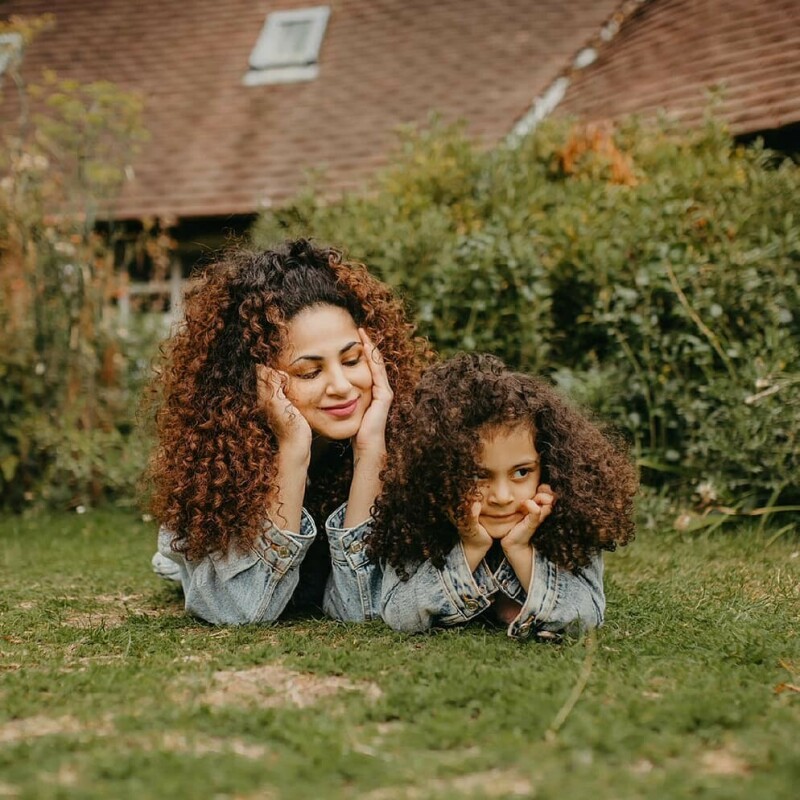'We don't want to be famous" – Chakwal's singers just want to keep their ancient folk tradition alive
“Wah wah jhulara bhochhanr da tur gaya tay wat nahi aaya Mahiay da bhuawaan bhulli aan Main thamm klaaway laya Mahi nahi aaya."
(Once gone the swing of youth does not return/ I embraced the pillar thinking as it was my lover/ But my lover did not return).
The audience applauds as Idrees Khokar leads the group singing this song, the writer of which is unknown, accompanied by light dhol beats played by Ashiq Hussein.
Singing in chorus is one of the four major cultural traditions of Chakwal, in addition to karah or the bull competition, Chhat or weight lifting and kabaddi, a form of wrestling. These traditions are as old as Chakwal itself.
A concert or a karah match is hosted at least once a week throughout the year, though the other two activities are not that popular anymore.
Dhol geet are sung on various occasions in Chakwal, the lyrics to which are written by local poets. The singers do not sing into a mic nor is there any use of musical instruments other than a dhol.
Dhol geet are sung in groups of 10 or 12 men, divided into two teams and accompanied by a dhol beater. The first team, which situates itself in front of the other team of men, starts singing the song while the other groups repeats so that the first group can ready itself and take a breath before singing the next couplet.
A few decades ago, there was only one genre of the dhol geet, the himri which is much like classical music. It requires lots of practice to sing and is only performed by experienced singers accompanied by professional and experienced dhol beaters. The songs are sung in a high pitch and takes time for an audience member to understand the lyrics.
Keeping the himri tradition alive
The more famous of himri singers are the late Baba Daraz of Khairpur village, Ghulam Ali and Nawab Ali of Chak Khushi village, Ustad Aziz Lohar of Dalailpur village and Raisham Batt of Pinwal village.
The more popular himri songs include 'Kandayari', 'Jhulara', 'Shamaan' and 'Akhian da Diwana'.
The writers of the two most famous folk songs of Chakwal, 'Jhulara' and 'Kandayari', are not known. These two songs are sung in a chorus, a tradition which is not practiced in many places anymore. The lyrics of both songs are metaphorical, yet simple with the metaphors picked up from the daily, rural life in Chakwal.
“I first heard 'Kandayari', along with a few other old, famous songs, from the late Deen Mohammad of the Pahar Khan village and his friend Noor Deen of the Dharukna village,” said Ustad Aziz Lohar, who was wrongly introduced as the creator of the Kandayari song in Coke Studio.
The word 'Kandayari' literally means a thorny weed, but is implies the opposite in the song. According to Ustad Lohar, the word means ‘beloved’ in the song.
The word 'Jhulara', which is the title of the other famous song of Chakwal, means ‘wave’. The song is about a woman pinning after her lover and singing about his indifference and the sorrow and pain that causes her and about how youth never comes back.
Of the two more famous himri groups, the first is led by Idrees Khokar and the second by Sufi Mohammad Ali of the Moreed village.
A new type of dhol geet, the chabola, has gained popularity over the last couple of decades. Chabori songs are simple, common songs which are sung by villagers. All folk singers in Punjab sing chabola songs.
A group of led by Ashiq Hussein and another led by Mohammad Shafique are more popular in the chabola genre. Ashique Hussein of Wahali is regarded the best dhol beater in the district while his brothers Shahbaz and Jabar Ali are also one of the best dhol beaters.
Music from Chakwal became popular nationwide a few years ago after a group of local singers performed at the Coke Studio.

Jabbar Ali’s team, which performs chabola songs, attempted to sing the two more famous himri songs, which they had never performed before.
“They sung both the songs so badly,” said Ustad Lohar.
The third song which they sung in the Coke Studio set was 'Ishq aap bee awala', which is a chabola song and though the team’s performance of this song was better, locals say it was not sung as beautifully as Bhapu Lohar, who first introduced the song.
Singers from Chakwal have never really become famous and live in poverty.
“We do not want to be famous. Our talent is our identity in Chakwal and parts of the Khushab and Jhelum districts,” said Idrees Khokar, who is regarded as one of the best himri singers in the region.
“The government should at least provide free treatment to folk singers,” said Bhapu Lohar, another popular singer of Chakwal. He said the late chabola singer Jahangir Shah of Pail died because he could not get proper treatment on time.
A clerk at a local coal mine, 67-year-old Ustad Aziz Lohar is one of the most popular himri singers.
Ustad Lohar visits various coal mines during the day and writes himri songs by night and has written the lyrics for more than a hundred himri songs.
Not having received a formal education past the seventh grade, Ustad Lohar uses metaphors from the rural life in Punjab. His lyrics are very relatable and are picked up by local singers.
“Ustad Lohar has no parallel. His songs are unique and deep in meaning,” said Idrees Khokar.
Ustad Lohar also trains singers and rehearsals for one performance usually go on for a month.
“I try my best to preserve the culture of Chakwal,” he said.
Originally published in Dawn, July 17th, 2016













Comments